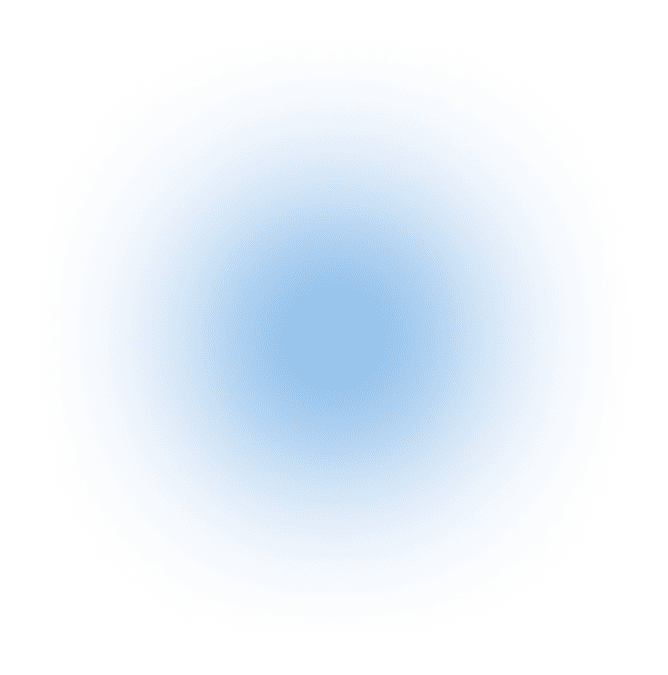Rely on Dianthus for the characterization of PROTAC binary and ternary complexes
If you’re tasked with developing proteolysis targeting chimeras (PROTACs), you know how critical it is to find the right method to characterize binary and ternary complexes. You need a method that resolves the limitations presented by methods like SPR, FRET, and AlphaScreen with mass-independent and in-solution measurements and that doesn’t require long and complicated assay development.
Top roadblocks faced during affinity screening of binary and ternary complexes and how they are overcome by Dianthus
The immobilization of the secondary complex makes studying the ternary complex very complicated
Solution
With Dianthus, measurements are done in solution under controlled equilibrium conditions, so your binary complex stays stable when you characterize the ternary complex.
Difficulty detecting binding events with SPR when small molecules are involved
Solution
Measurements of molecular interactions with Dianthus are mass-independent, so you use the same technology from primary screening of fragments to affinity maturation of lead candidates for your degraders — like the interaction between warhead and POI, E3 ligands, and E3 ligases, and later between PROTAC and POI and PROTAC and E3 ligase.
Challenges presented when you work with covalent ligands
Solution
Screening a large number of covalent ligands is never a concern since each molecular interaction is measured separately in solution
Biochemical assays require complex and long protocols
Solution
Characterization of binary and ternary complexes only requires two steps, just one fluorophore to label the POI or E3 ligase, and no beads.
Access to limited amount of sample and compounds
Solution
With Spectral Shift you will spend less of your POI or small molecule ligands because you’ll do less assay development and use also less during screening
Finding a method that handles fragment screening and fragment growth
Solution
With Dianthus, you identify hits from fragment libraries with confidence because measurements are mass-independent and detect a broad range of affinity strengths — ideal for hit identification and also when you grow fragments into warhead molecules that show tighter affinities.Characterize molecular interactions
in binary complexes with
high-quality data
High-quality binding assays to assess the interaction of PROTAC molecule SD-36 — a potent and selective degrader of STAT3 that has shown anti-tumor activity in preclinical models — with STAT3 and with the CRBN ligase were established using Spectral Shift. The affinity in the low nM range was determined with high-quality data, as shown by S/N above 30 for both binary complexes.


Measure a high-affinity ternary complex interaction with a covalent degrader
When you have to measure interactions that involve covalent ligands, measuring in solution makes it less complicated versus a method that calls for immobilization. Spectral Shift easily shows that covalent PROTAC molecule LC-2 has an affinity 80 times stronger for the E3 ligase complex VCB when it’s forming a binary complex with target KRAS — ternary complex, blue trace — than when it binds to VCB alone — binary complex, purple trace. The tighter binding translates into a high cooperativity value (α) and confirms why LC-2 shows great promise as a KRAS degrader.

Evaluate the hook effect of a highly cooperative ternary complex
Ternary complex formation, cooperativity, and hook effect must be assessed to ensure efficient ubiquitination and degradation of your target protein. Trust Dianthus to measure binding affinities of binary and ternary complexes in solution for easy calculation of cooperativity and to uncover the hook effect with high-quality data.

